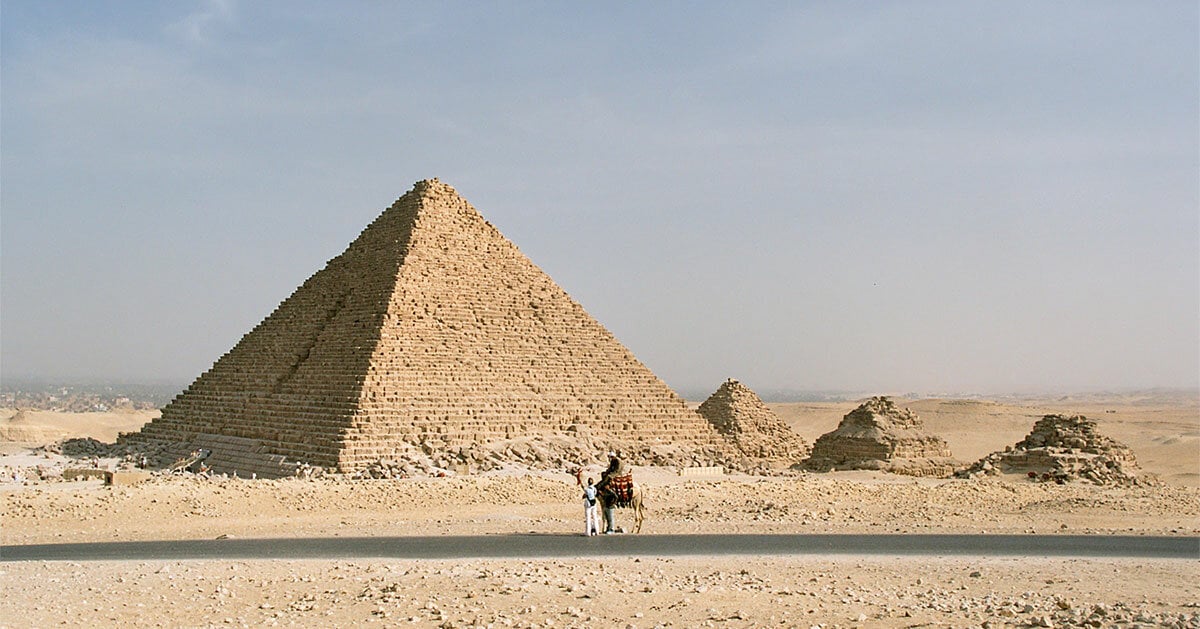Uncategorized
Granite Cladding Plan for Giza’s Menkaure Pyramid Faces Scrutiny Amidst Archaeological Concerns
A proposed project to clad one of the iconic Giza Pyramids in granite has been met with widespread skepticism and concern, casting doubt on its feasibility. This is due to the nature of the pyramid’s stones and the constraints of international laws on archaeological restorations. This comes after a wave of criticism from both the public and experts following the initial announcement of the plan.
Rethinking Restoration Strategies
The idea, which aimed to restore the Pyramid of Menkaure by covering it with hundreds of granite blocks to mimic its original facade, has ignited a debate on preserving world heritage sites. The pyramid, the smallest of the three main pyramids at Giza, was initially adorned with 16 courses of granite blocks, of which only seven remain today.
Prominent Egyptologist Zahy Hawas, who is overseeing an assessment committee on the project, expressed skepticism about the plan’s implementation. He pointed out that the existing blocks around the pyramid are in an unpolished and incomplete state, making them unsuitable for such restoration work. Furthermore, Hawas emphasized that altering the pyramid’s surface would conflict with the principles of keeping a monument’s style unchanged, as dictated by international archaeological restoration standards.
The Pyramid of Menkaure, a testament to the architectural prowess of the ancient Egyptians, was built as a tomb for Pharaoh Menkaure around 2510 BC. Despite its diminished height from its original 65.5 meters to 61 meters, it stands as a significant cultural and historical artifact.
Speculation suggests the granite cladding’s unfinished appearance might indicate that Menkaure’s demise occurred before the pyramid’s completion, with his successor finalizing the stonework.
Given the public backlash and expert criticism, the project’s focus may shift towards topographic mapping and documentation of the pyramid’s existing granite blocks, as opposed to any physical alterations to the structure. Hawas reassured that the sanctity of the pyramids would be preserved, with no alterations to the Pyramid of Menkaure itself.
Misinterpretations arose when recent footage showing workers near the pyramid’s base led some to believe new granite blocks had been added. However, these blocks are part of the original construction, having been in place for centuries.
Led by an Egyptian-Japanese team, the three-year archaeological mission will include in-depth studies of the fallen blocks through advanced techniques like photogrammetry and laser scanning. The outcome of these studies will be reviewed by an international committee before any further steps are taken.
This development in Egypt’s heritage conservation efforts comes amidst a broader conversation on the challenges of preserving historical sites while respecting their integrity and the guidelines of restoration practices.













